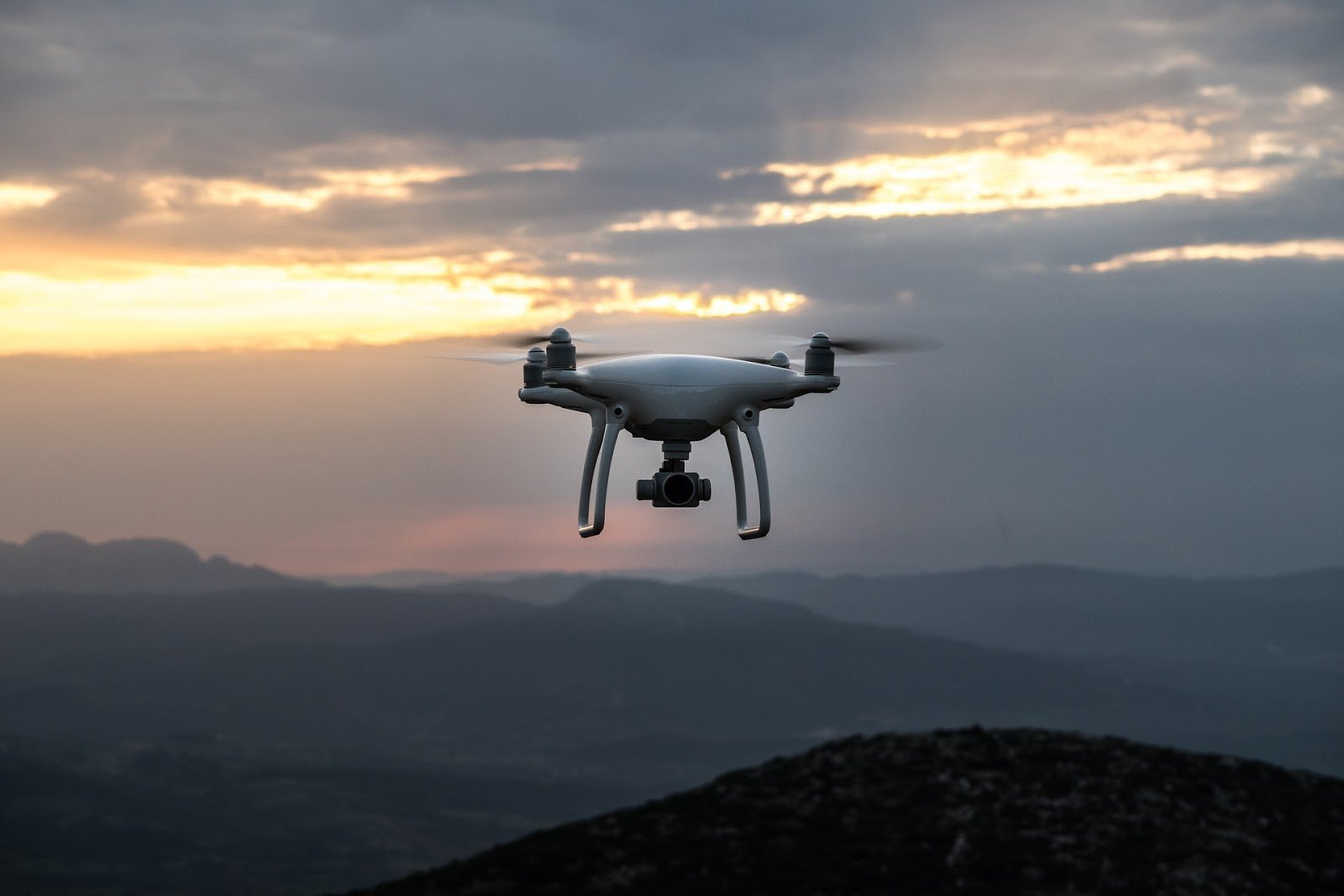Best Telescopes for Stargazing: Shocking Choices Await!
In the realm of
stargazing, the importance of the right equipment cannot be overstated. If you're among the
professional photographers looking to elevate your night sky captures, you may be searching for the best telescopes for stargazing. With numerous options available, understanding the ins and outs will ensure you make an informed choice.
Not only do these telescopes help enhance your photography skills, but they also play a crucial role in giving you access to the breathtaking wonders of the universe. This article delves into the remarkable features of top telescopes, focusing on what makes them essential for anyone serious about astrophotography.

Understanding Different Types of Telescopes
Before we delve into our exclusive recommendations, it's important to familiarize ourselves with the various types of telescopes that exist today. Each type has its unique functionalities, suitable for different astrological pursuits. Heres a brief overview:
- Refractor Telescopes: Utilizing lenses to bend light, these telescopes provide sharp images and are great for planetary viewing.
- Reflector Telescopes: Using mirrors, these telescopes gather more light, making them ideal for viewing deep-sky objects.
- Compound Telescopes: Combining the features of both refractors and reflectors, these offer versatility and portability.
For a deeper dive into telescope types, you can visit this link on Wikipedia.
Key Features to Look For
When searching for the best telescopes for stargazing, certain features are essential. Heres a breakdown of what you should consider:
- Aperture: The diameter of the telescope's main lens or mirror. A larger aperture allows more light to enter, resulting in better image quality.
-
Telescope Mount: This is crucial for stability. Types include
equatorial mounts and altazimuth mounts. Make sure you select one that best suits your observation needs. - Optical Quality: Look for high-quality lenses and mirrors to ensure clarity and sharpness of images.
- Portability: Depending on your need for travel, consider the weight and foldability of the telescope.
Top 5 Amazing Telescopes for Stargazing
Here are our top recommended telescopes that will significantly enhance your stargazing experience:
Celestron NexStar 8SE
This telescope is renowned for its large 8-inch aperture. It's perfect for capturing deep-sky objects, featuring advanced technology that makes it user-friendly. Inspiration awaits with this remarkable telescope!
Sky-Watcher ProED 100
Combining high-quality optics with portability, this telescope provides amazing clarity. It's an excellent choice for photographers looking to capture detailed planetary images.
Orion SkyQuest XT8 Classic
This is a popular choice for amateur astronomers. Its large aperture gathers enough light to create stunning images of celestial events, making it a great companion for photography.
Meade LX90 ACF
Packed with features like GPS technology, this telescope not only aids in navigation but also offers superior optics for stunning astrophotography shots.
TeleVue NP101is
This compact telescope provides high-quality images, perfect for both astrophotography and visual observation. A must-have for any serious photographer.
How to Use Telescopes for Photography
Knowing how to effectively use a telescope for photography is equally as important as the equipment itself. Here are a few tips:
- Utilize a telescope mount that allows for smooth tracking of celestial objects.
- Experiment with different camera adapters to find what works best for your setup.
- Adjust your camera settings for longer exposures to capture more light during nighttime photography.
Avoiding Common Pitfalls
When utilizing telescopes for photography, it's easy to run into challenges. Here are a few pitfalls to avoid:
- Not using a sturdy tripod or mount can result in shaky images.
- Attempting to photograph without proper filters can lead to overexposure.
- Ignoring the importance of practice can hinder your creative process.

Frequently Asked Questions
1. What is the best telescope for beginners?
For beginners, a refractor telescope is typically easier to use and provides clear images of planets.
2. Can I use a telescope for daytime photography?
While not ideal, some refractor telescopes can be used. However, remember to use appropriate filters to avoid damaging your eyes and camera.
3. How much should I spend on a telescope?
Investing between $300 to $1000 will usually provide a good quality telescope for amateur astrophotography.
If you seek more details about specific telescopes in various categories, feel free to check our posts on best astrophotography, deep-space telescopes, and smart telescopes.

